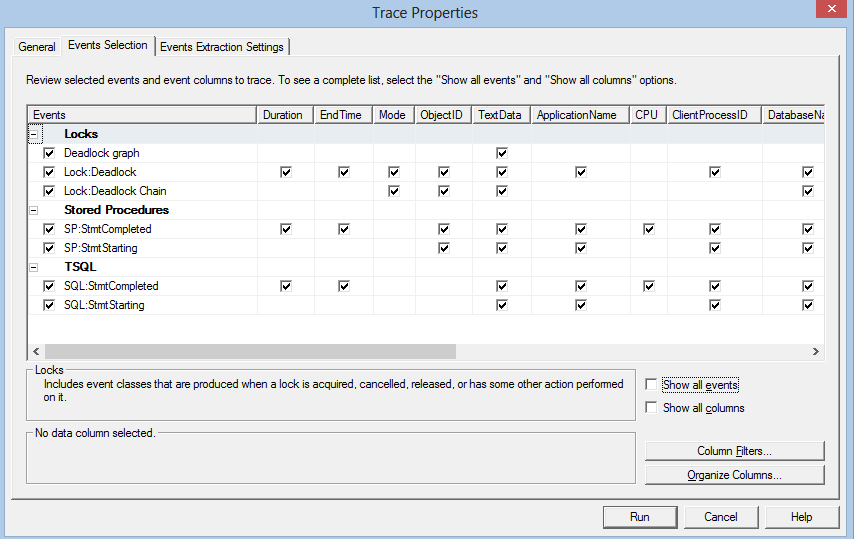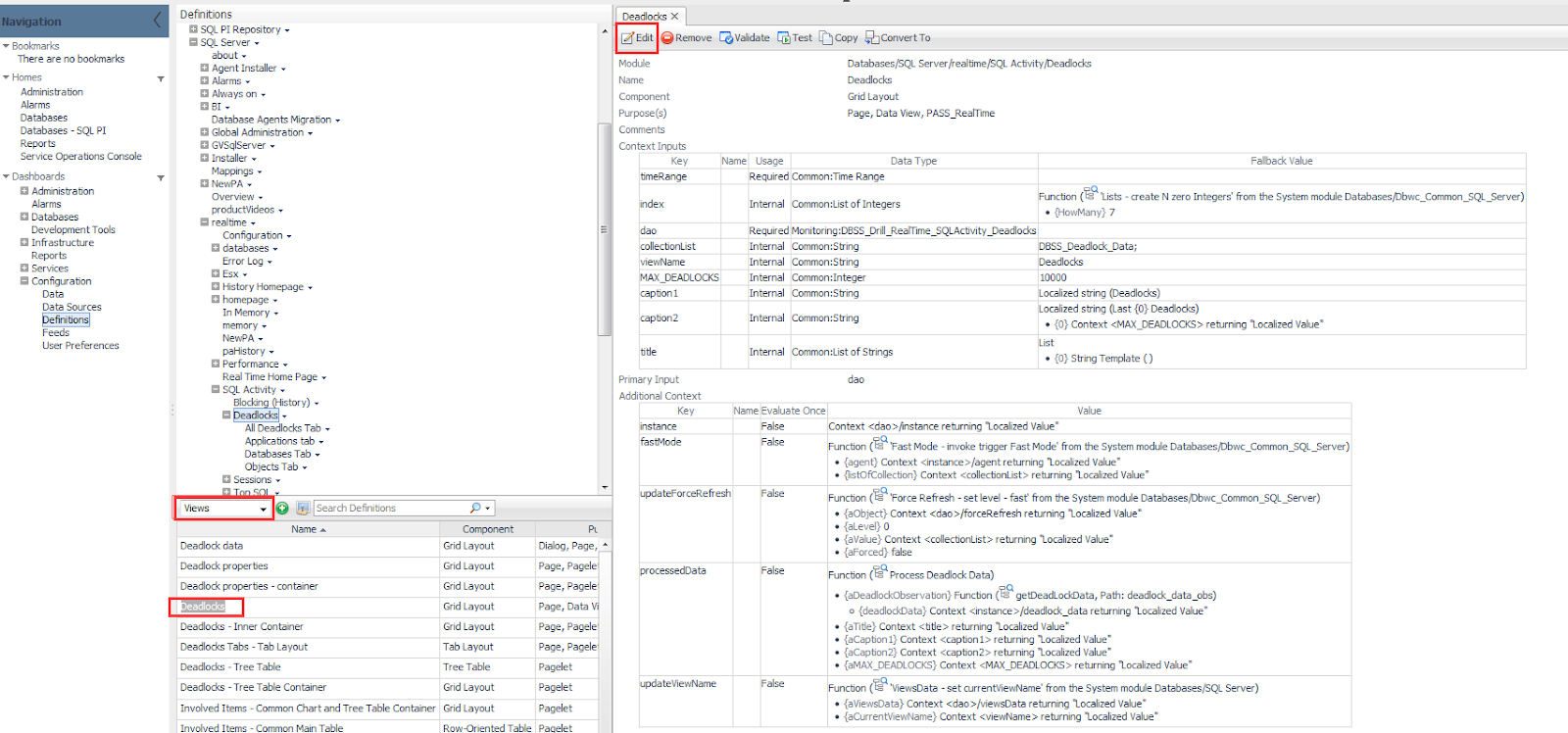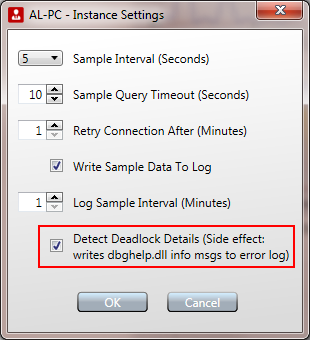
We can also force SQL Server to create a new one using sp_cycle_errorlog stored procedure.Īfter that, we have two parameters to define a time interval. Actually, the number of error log is configurable. We can tell the stored procedure to extract only from current log or for a given error log file. Its first two parameters are related to error log management. This query can be customized to keep the value of ‘Number of Deadlocks/sec’ performance counter over time. In order to get startup date, we will use the creation date value of database as this database is recreated at startup of SQL Server. We could run following query to get how many deadlocks happened since startup, when startup occurred and how many deadlocks per day (on average). With that in mind, it’s a good idea to get an overview on how often they happen. So, I prefer to take gradual information about deadlocks. In my opinion, logging and reporting must be used wisely.

The first one will use SQL Server Error Logs while the second one will take advantage of SQL Server Extended Events. After a little word about a check that should be done before investing time into deadlock data collection, this article will present two different approaches to plot a diagram with deadlock occurrences over time.

Now, we will need to use collected data in order to build a graph with deadlock occurrences over time.
#View sql deadlock how to
Please post your feedback, question, or comments about this article.In the previous article entitled “ What are SQL Server deadlocks and how to monitor them“, we’ve seen how a deadlock can occur and which tools are available to DBA or developer to get simple or extended information about the conditions that lead a particular deadlock situation to occur. I hope this article will help you with your need. Here, in this article, I try to explain the Deadlock Logging in the SQL Server Error Log. In the next article, I am going to discuss how to read and understand the deadlock information that is logged in the SQL Server error log. To read the error log you need to use the sp_readerrorlog system stored procedure as shown below. The information about this deadlock now should have been logged in SQL Server Error Log. After a few seconds, you will notice that one of the transactions completes its execution successfully while the other one is chosen as the deadlock victim and rollback. From the first instance execute the spTransaction1 stored procedure and from the second instance execute the spTransaction2 stored procedure. Then open 2 instances of SQL Server Management Studio.
#View sql deadlock update
UPDATE TableA SET Name = 'Anurag From Transaction 2'įirst, enable the Trace Flag by executing the following command UPDATE TableB SET Name = 'Priyanka From Transaction 2' UPDATE TableA SET Name = 'Anurag From Transaction 1'

Now create two stored procedure as shown below. INSERT INTO TableB values (1002, 'Dewagan') INSERT INTO TableB values (1001, 'Priyanka') INSERT INTO TableA values (102, 'Mohanty') INSERT INTO TableA values (101, 'Anurag') Please use the below SQL Script to create and populate the tables with the test data.

We are going to use the following two tables to understand this concept. Let us understand how to enable and use Trace Flag in SQL Server with an example. If we omit the -1 parameter then the trace flag will be set only at the session-level.ĭBCC Traceoff(1222, -1) Example: Trace Flag in SQL Server The -1 parameter indicates that the trace flag must be set at the global level. To enable the trace flag in SQL Server we need to use the DBCC command. Let discuss how to enable the Trace Flag in SQL Server. One of the options that is available in SQL Server is to use the SQL Server Trace Flag 1222 to log the deadlock information to the SQL Server Error Log. There are many ways available in SQL Server to track down the queries which are causing the deadlocks. How to Find Deadlock Queries in SQL Server? As we already discussed in our previous article when deadlocks occur, the SQL Server chooses one of the transactions as the deadlock victim and rollback that transaction so that the other transaction can move forward. Please read our previous article where we discussed Deadlock in SQL Server with Examples. how to log the deadlock information to the SQL Server error log. In this article, I am going to discuss Deadlock Logging in SQL Server Error Log i.e.


 0 kommentar(er)
0 kommentar(er)
